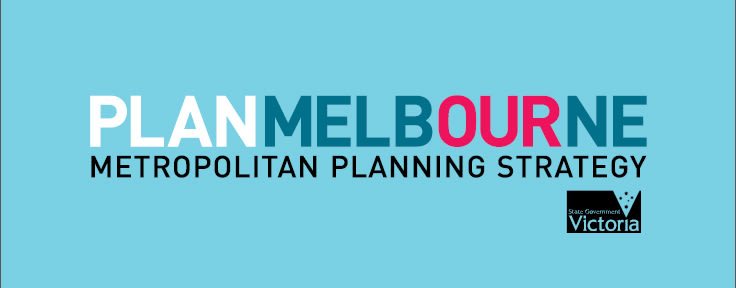Laurence DragomirOctober 16, 20131 min read
Following on from Alastair's article on Monday, Apartments.com.au continues its coverage of the Plan Melbourne Strategy by today taking a look at the Reformed Zones, particularly the new residential zones - setting the scene for what is effectively Part 2 of our interview with Planning Minister Matthew Guy.
July 1st 2013 saw the introduction of five new zones across the state - Residential Growth Zone, General Residential Zone, s project, Commercial 1 Zone and Commercial 2 Zone. Replacing the nine previous zones, in an effort to streamline the planning process and encourage and enable ..."a broader mix of new businesses nearer to existing services and where people choose to live. The reformed residential zones also aim to better manage growth and protect liveability and neighbourhood character."
The strategy behind the new residential zones is best summarised by the following paragraphs, taken from Plan Melbourne:
reformed residential zones were introduced across Victoria on 1 July 2013 to better manage growth and protect liveability and neighbourhood character. The certainty provided by the reformed residential zones enables local governments to clearly determine the scale and location of new unit, townhouse and apartment development, and greatly improves local governments’ ability to plan for this type of development with confidence that the zones will influence outcomes on the ground.
The new zones are the Residential Growth Zone, General Residential Zone and Neighbourhood Residential Zone. The Reformed Zones Advisory Committee has suggested that metropolitan local governments seek to apply each of the zones together, to provide a balance between protecting local attributes and addressing ongoing housing needs. In locations where the community is seeking to promote housing diversity and housing supply, it might apply the Residential Growth Zone. Alternatively, for locations where the community is seeking to limit housing change and population growth, it might apply the Neighbourhood Residential Zone. It is challenging for communities to clearly define locations for housing growth and locations for protection from change. However, the reformed residential zones will ensure that change will occur according to community expectations.
See table below for a summary of each new zone.
And a look at how these zones may be applied, for example, to Dandenong:
And now a word from the Minister:
UM: One of the issues with
Melbourne 2030 is basically that it had the same broad aims of reducing development in suburban streets away from transport and concentrating development within activity centres. One of the things that happened was councils said we don't need development in backstreets so we'll discourage that but also they used the structure planning process to introduce controls that were so harsh that they were basically saying they don't want growth in activity centres and also don't really want growth anywhere. So we're not sure whether with the new zones some councils will try and propose very low or no growth areas. Can you explain how the new zones will be implemented?
MG: The new zones, in particular the C1 (Commercial 1) zone, is like (the)
Capital City Zone throughout every Municipality. The C1 is very flexible and it is a zone that encourages growth within it. Someone in the development industry said to me
"well why do you allow Glen Eira to put 76% of their residential areas into Neighbourhood Residential (Zone)? You've locked the whole place up!". Well I say to them you've got to view it within the context of all the zone structure within the municipality. They've got a decent amount of C1, which again, residential has a right of use, the ability to build in that area is strong. There's the urban renewal precinct in
Caulfield, then there's two sites down south which are quite significant and you look at the population trends in there,and you look at the Bureau of Statistics forecasts and they can almost get 60% more dwelling numbers (than) what they need to the year 2030 in the areas that they've got than they would under the current system. They can get it through the C1, through the Urban Renewal Precincts and they can get it through the
General Residential Zone. So it's about looking at all the zones in the municipality rather than just bits of it.
I was in Banyule today and the council there is again saying that they'll probably only have a third of the municipality that they'll ask for Neighbourhood (Residential Zone), most will be in General (Residential Zone) and they'll tweak the General - there'll be a General Plus if you like, and a General Minus. So a general with a little less development and a general with a bit of a development focus to it and they'll use the (Residential) Growth Zone in a number of strategic sites and they're saying in the Structure, in terms of estimates on dwellings vastly exceed what we've been told to (provide) even under previous Governments and they've dropped off. So it's just about making sure they've got the right...not just the right mix but the right ability to get supply... and they do but it's in the defined areas which the C1 has helped enormously.
Look out for Nicholas Harrison's conclusion to
Apartments.com.au's
epic
"Conversations with Matthew Guy" Trilogy in the coming days. Peace out.
